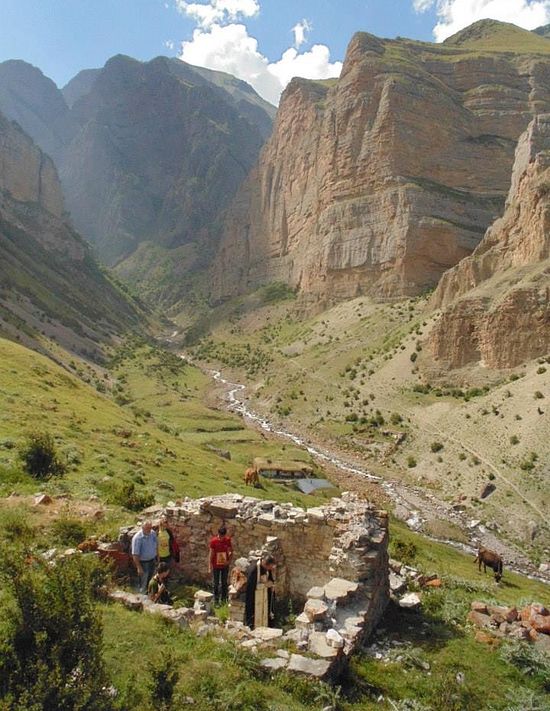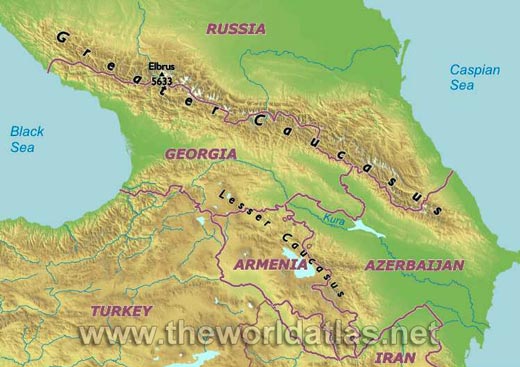Now that's thinkin' outside the box ;D
I wouldn't dismiss it out of hand, but I think it's doubtful, and here's why.
Vinča were the original Balkan copper kings(they were making copper foil around 5000 BCE, for christ's sake), and they were at their peak right around the time Khvalynsk popped up, I think. At any rate, the two cultures existed at more or less the same time. So you gotta figure that they would have been a key source of that copper, in your scenario, if not the source.
We have Vinča genomes now, and, they're an almost exact 50/50 blend of very non-"teal" Anatolian style EEF and classic Loschbour type WHG. Their sphere of activity was pretty large, almost all of modern Serbia, plus bits of other former Yugoslav republics, and I think a good chunk of Romania. They must have been a big economic powerhouse in their day, so, with all that in mind, plus that Starčevo DNA which is almost 100% EEF, I think it's a safe bet for the time being that the neolithic Balkans wasn't a "teal" place. The caucuses are a natural enough highway between the steppe and the near east, I don't think that we need to have a specific candidate culture in mind for it to have been the most likely route for "teal" to have taken into the steppe.
Or I could be totally wrong.
Either way, it's a neat idea.
Maybe our reptilian overlords seeded the Samara area with "teal", just to mess with the ancient DNA hobbyists they knew would exist in the future. They do know everything, after all.
o_o
Reptoid admixture is inter-dimensional so teal t*rolling is possible.
I mean MA1 has a big chunk of teal and we've only thus far see ancient ANE on the steppe, so it would make sense if teal is more local to the steppe than we're thinking.
I know we have high teal modern populations with recent admixture which implies a nearly all or all teal ancestor, and these modern populations are in areas that fit with the Iranian plateau theory of teal origins, but it looks like this was probably happening before the emphatic collision that we see between the steppe and the caucuses at later mikhaylovka/Yamnaya dates.
I'm not too familiar with the geography of the Caucuses. I had thought of it more as a barrier than a corridor, which would push steppe around the East side of the Caspian if making seasonal Southern trips. Is there an obvious corridor through the Caucuses that doesn't require any movement through higher elevation passes? It's super rugged even along the Seas with a ton of drainage rivers to cross, especially along the Black Sea. It would be much easier to cross an arid patch with known water sources along the way.




